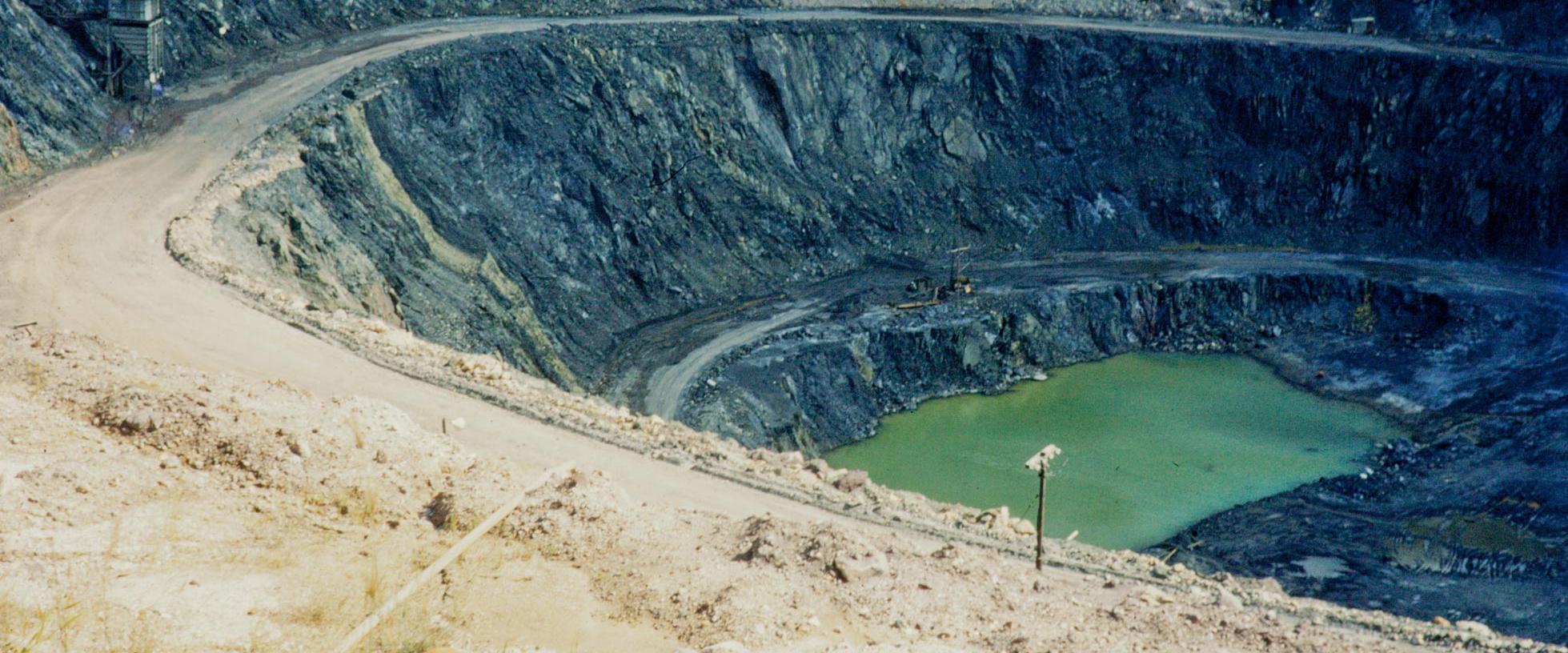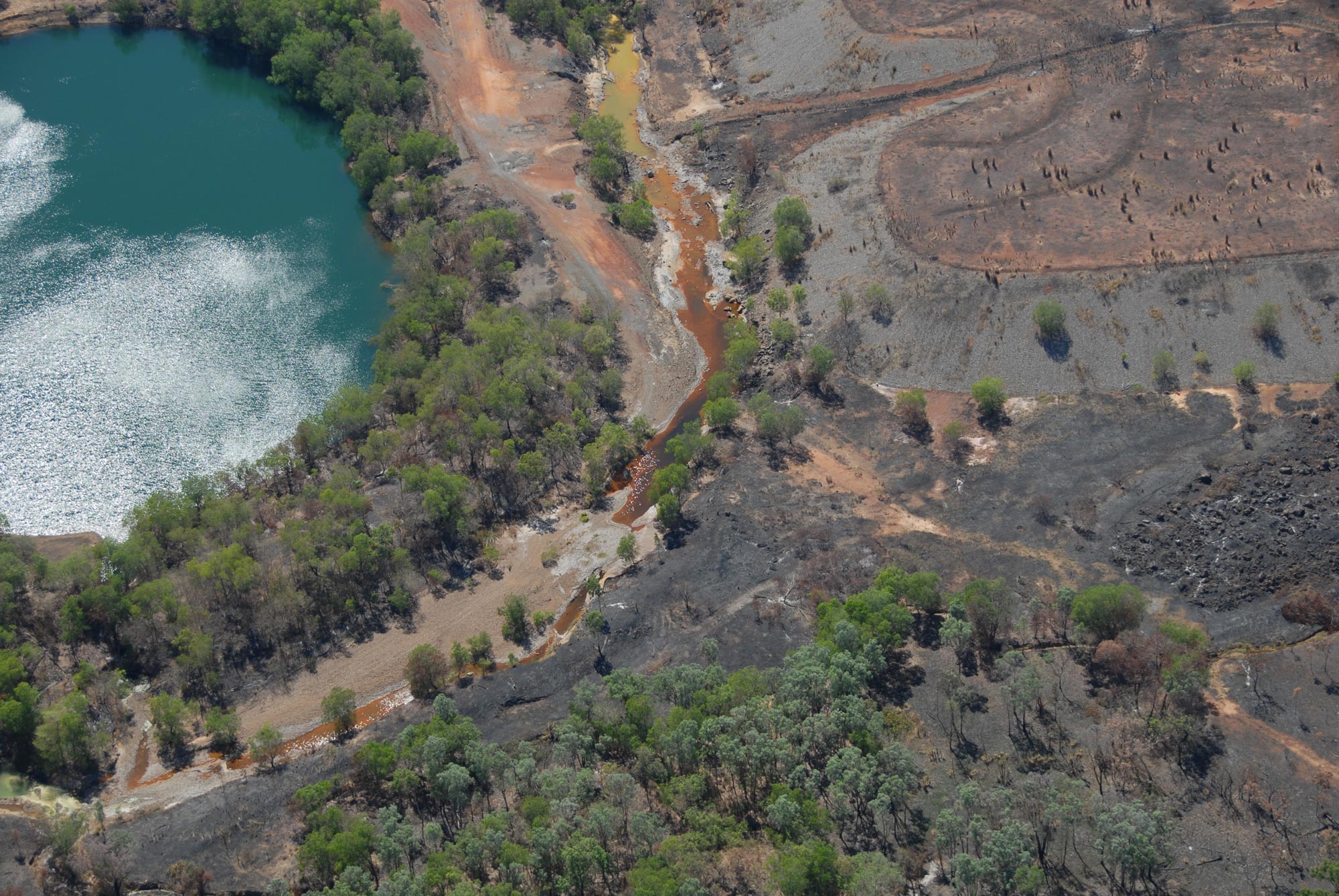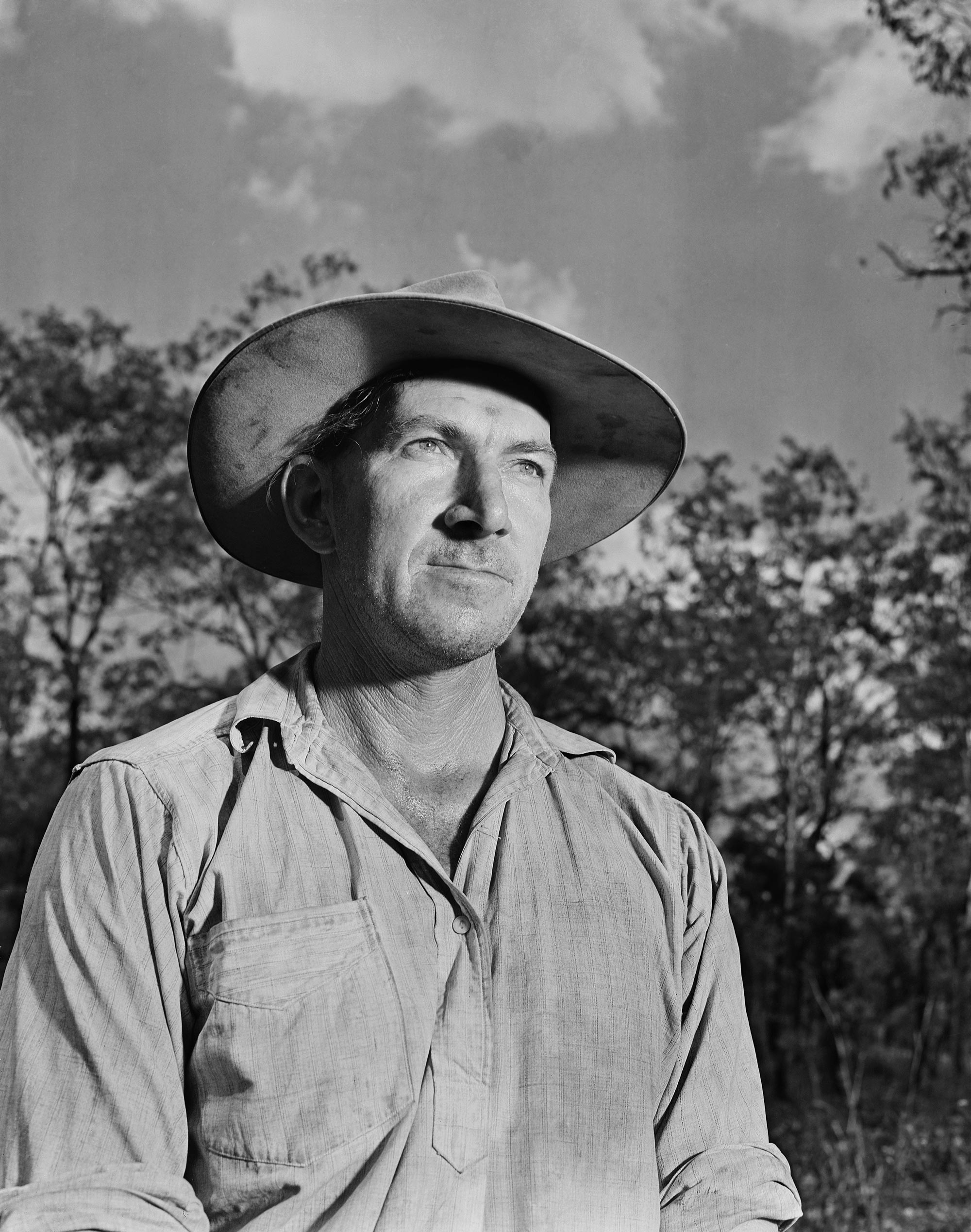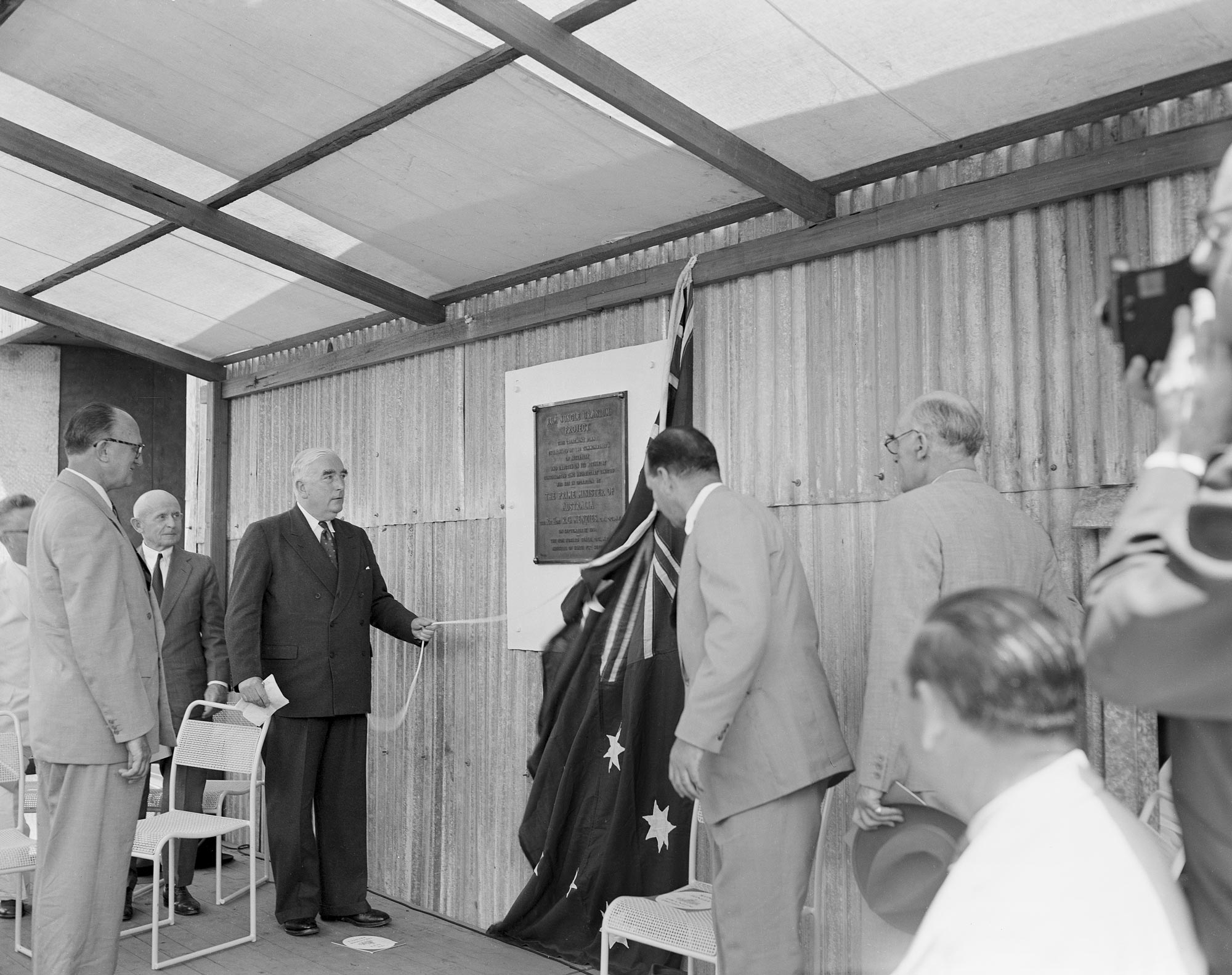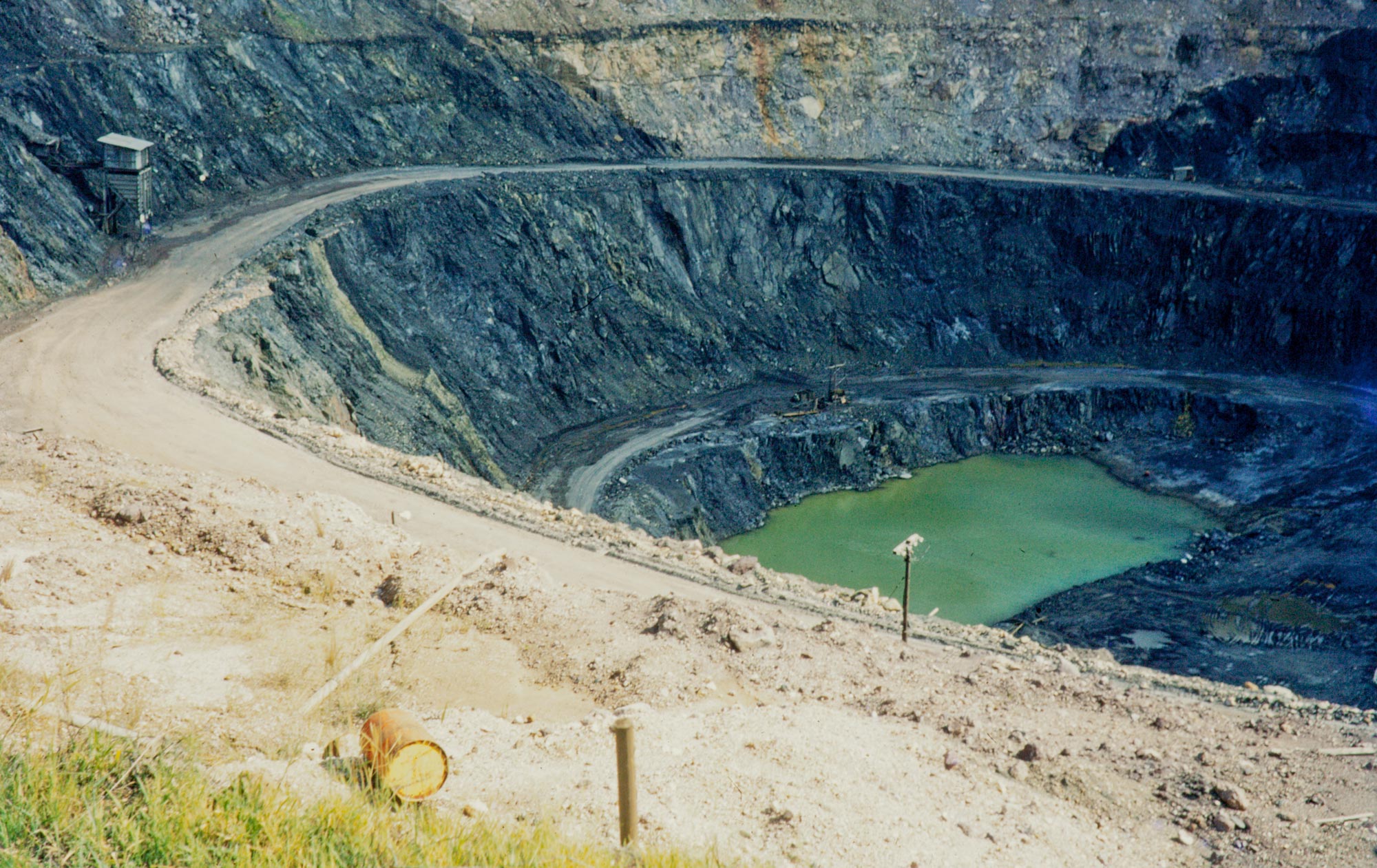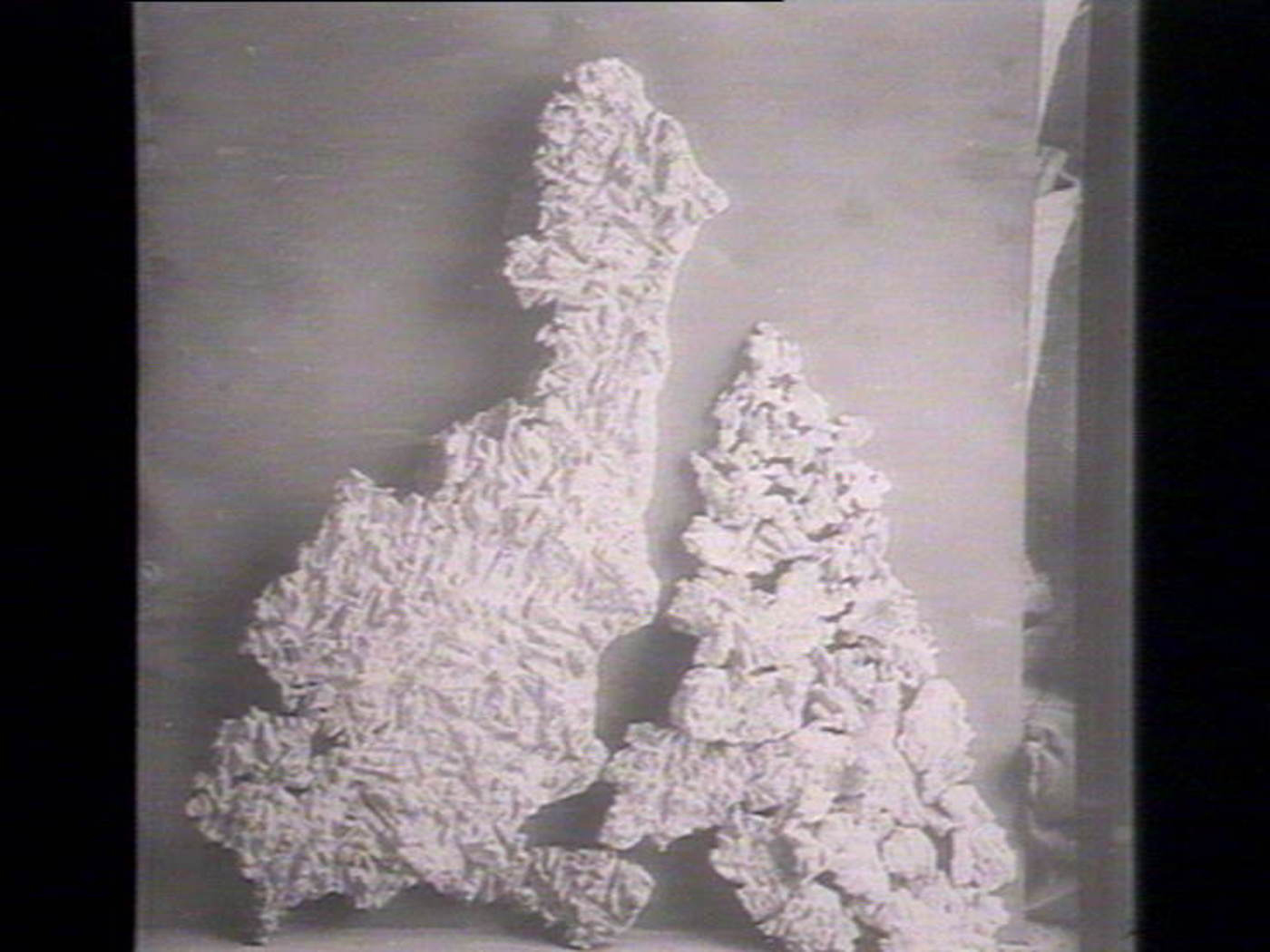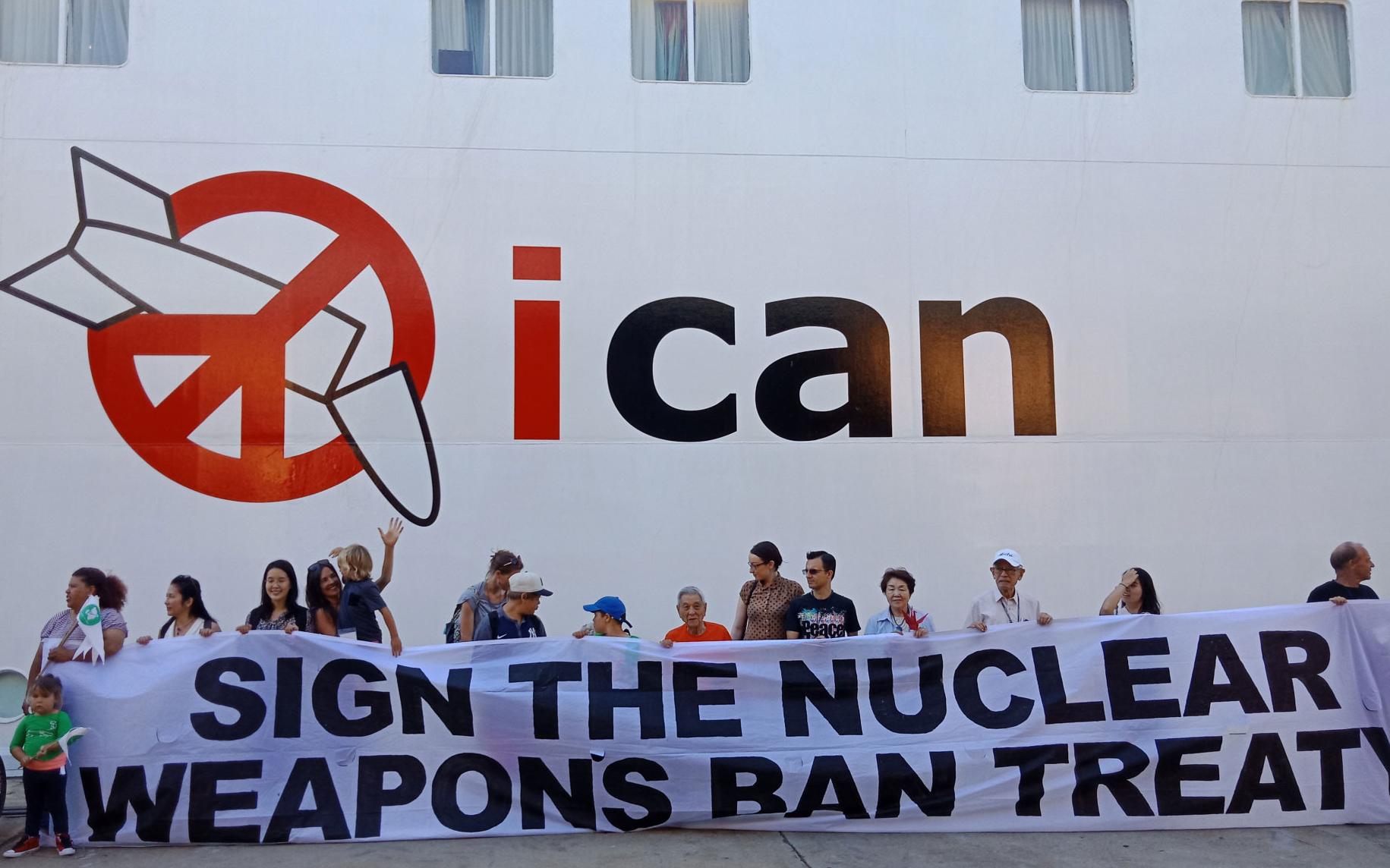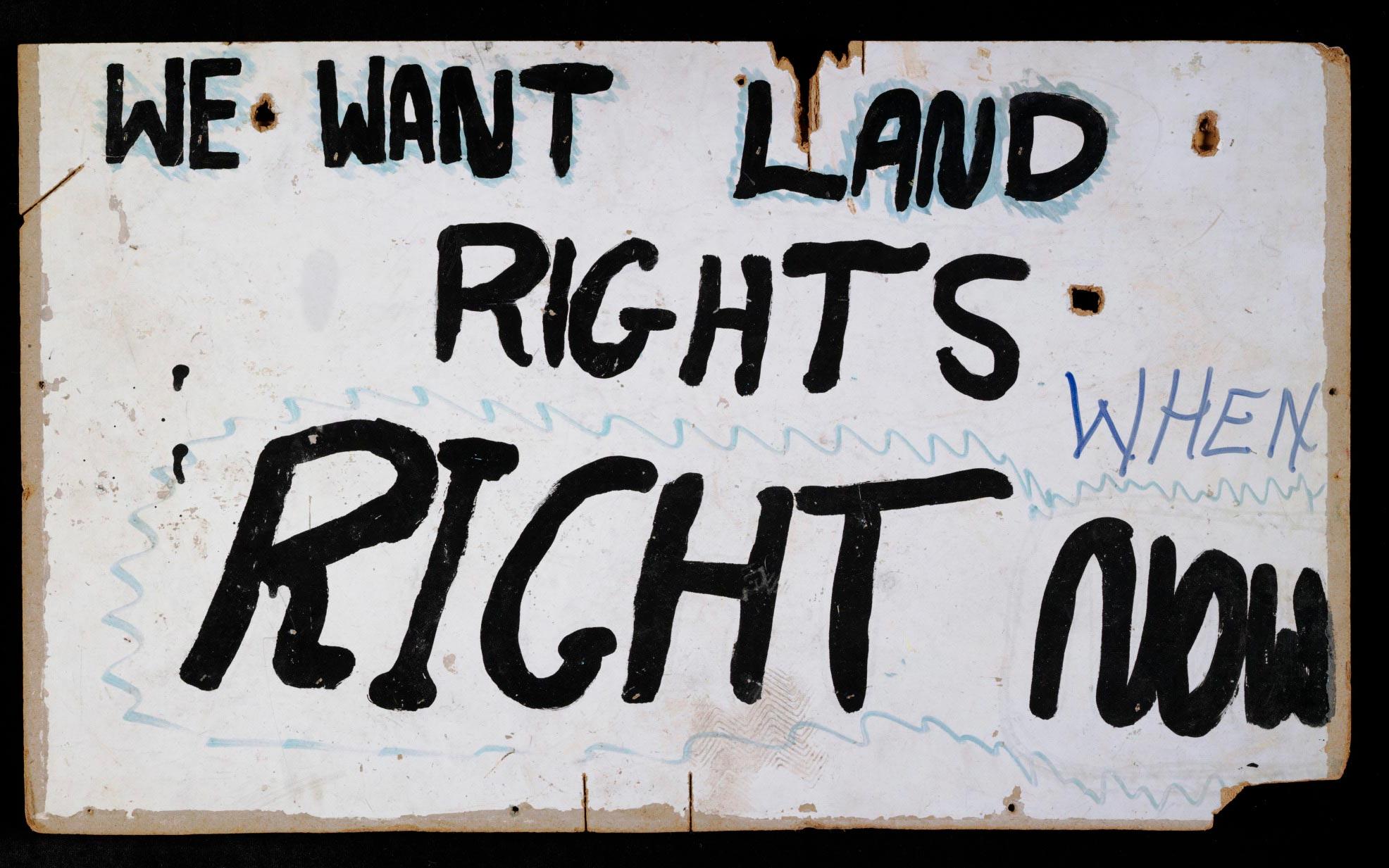Australia in the ‘atomic age’
1954: Establishment of the Rum Jungle uranium mine
Australia in the ‘atomic age’
1954: Establishment of the Rum Jungle uranium mine
Year level
In a snapshot
Australia’s first large uranium mine opened at Rum Jungle, 100 kilometres south of Darwin, in 1954. The mine supplied uranium to nuclear weapons programs in the United States and British until it closed in 1971. The mining operations polluted the environment and destroyed important Aboriginal sites. Efforts to bring the environment back to a healthy condition continue to this day.

 Can you find out?
Can you find out?
1. How did Rum Jungle get its name?
2. Who discovered uranium in the Rum Jungle area? What did he receive for his discovery?
3. How has the Rum Jungle uranium mine affected the environment?
What happened in the early days of Rum Jungle?
Rum Jungle is located at the beginning of the Finniss River (East Branch), about 10 kilometres west of the town of Batchelor in the Northern Territory. Europeans occupied and left Rum Jungle several times after gold was found there in the 1870s. In the early 1900s people tried growing coffee and tobacco there. Copper and other minerals were also mined on a small scale.
Research task
Do some research to find out what other kinds of minerals are mined for in Australia.

The unusual name of the place comes from stories about bullock drivers carrying a cargo of rum that was either stranded, drunk, stolen or fought over.
European and Chinese people brought diseases such as smallpox, leprosy and tuberculosis to Rum Jungle, which affected the local Aboriginal people. They also caused trauma and disruption, including the abuse of Aboriginal women, violent conflict and massacres and forced migration. Aboriginal people worked in the various agricultural, pastoral and mining activities, but they were kept out of the uranium mining operations.
How was uranium discovered at Rum Jungle?
During the Second World War the United States (US) and Britain thought Australia might be a source of nuclear materials for weapons. After the war, urged on by competition with the Soviet Union, the two nations asked Australia to search for uranium ore. In 1948 the Australian Government advertised a £25,000 reward for the discovery of a major uranium deposit.
Jack White, a buffalo shooter, crocodile hunter and prospector, owned a small farm with his Aboriginal partner on the Finniss River, near Rum Jungle. White recognised uranium ore from a colour pamphlet produced by the Bureau of Mineral Resources. He dug out some green and yellow rock samples and took them to the Mines Branch in Darwin on 13 August 1949.
In September newspapers across the country reported the find. Geologists from the Bureau of Mineral Resources began mining in early 1950, and confirmed White’s discovery of uranium ore in 1951. White received the full reward (nearly $1 million in today’s money).
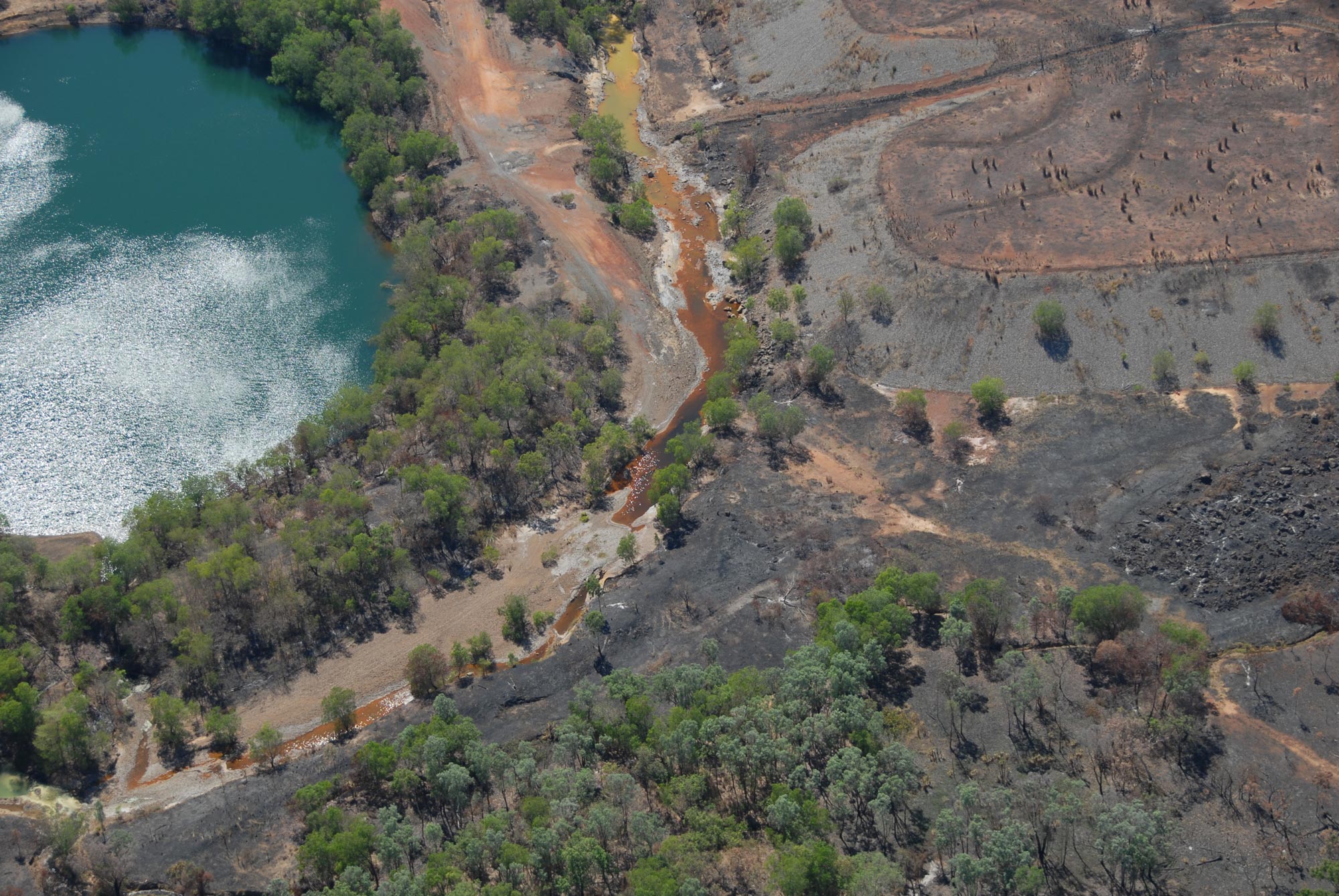
How did uranium mining at Rum Jungle begin?
In 1952 US and British representatives visited Australia to talk about developing a mine at Rum Jungle. It was decided that the Combined Development Agency (set up by the US and British governments during the war) should pay for the mine.
On 17 September 1954 Prime Minister Robert Menzies officially opened Rum Jungle’s uranium ore processing plant. In the words of one newspaper, Australia ‘took another step forward in this atom age’. The nearby town of Batchelor was redeveloped to house the mine’s workers.
By 1959 all the available ore had been mined. Mining stopped in 1963, but stockpiled ore was still processed until April 1971. The plant was dismantled and removed, and everyone left the site.
What environmental pollution did the mine cause?
During the first few years of operation the mine tailings — sandy waste carrying sulphur, heavy metals and radioactive materials — were released into waterways. Later attempts to contain the tailings didn’t work, and in the wet season the tailings continued to spill into the Finniss River.
About 640,000 tonnes of tailings had been released by the 1970s, which affected about 100 square kilometres of floodplains. The tailings killed fish and ‘almost eliminated’ pandanus palms, reeds and other water life.
Research task
Search the Museum’s collection for objects related to uranium mining. Look closely at one. What does it tell you about uranium mining?
‘[Rum Jungle] represents to many people, not least of all the Aboriginal people, an awful example of what should not be allowed to happen.’
Justice Russell Fox, Commissioner, Ranger Uranium Environmental Inquiry, 1977
What is the legacy of Rum Jungle?
Between 1983 and 1986 the Australian Government funded a rehabilitation program which cost $18.6 million (almost $50 million in today’s money). But this did not solve the pollution problems. The old mining site still pollutes the Finniss River and land nearby.
In 1981 the Kungarakany and Warai people of the Finniss River won a land rights judgement. However, the Rum Jungle area can’t be returned to them until the pollution is contained and the site properly rehabilitated. Since 2009 the Aboriginal people have been working with the Northern Territory Government to design a new rehabilitation project. The final stage is due to start in 2020, and is expected to cost at least $300 million.
Environmental scientists have described Rum Jungle as ‘an internationally important case study on environmental pollution from and rehabilitation of mining’.
Read a longer version of this Defining Moment on the National Museum of Australia’s website.
 What did you learn?
What did you learn?
1. How did Rum Jungle get its name?
2. Who discovered uranium in the Rum Jungle area? What did he receive for his discovery?
3. How has the Rum Jungle uranium mine affected the environment?






